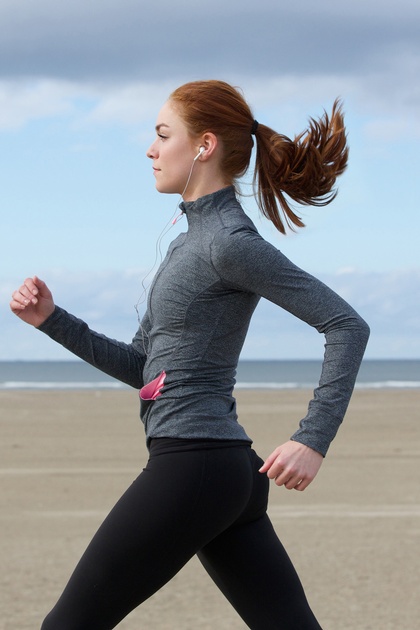
Walking – The perfect basic training
Foto: iStock.com/m-imagephotography
Probably only very few people would describe walking or marching as their main sport. Speed walking is not only easy on the body but ideal basic training and also a gentle alternative to running.
It's been more than twenty years since walking first swept through Switzerland and was subsequently followed by Nordic walking on a much larger scale. Praised as the perfect sport for health and strongly advocated by the industry, thousands of people with poles were soon poking their way through forests and meadows.
And today? The boom is over, the number of pole walkers has diminished, and (speed) walkers without poles have completely disappeared. Which is quite astounding since both forms of exercise are still just as relevant and beneficial as in the early days. Nevertheless, the trend shows how difficult it is for sports to establish themselves in the long term without industry backing.
AUTOMATICALLY IN THE RIGHT ZONE
The odds were stacked against walking without poles right from the outset due to the ease of walking in normal running shoes and sports clothes, which thwarted the emergence of a new industry. The image walking conveys was also a reason why the sport was never able to establish itself properly in Switzerland, unlike in the USA. Walking is primarily considered good for your health and not a competitive sport. That's why many joggers probably think: Why walk when I can run? Which is indeed justified, but still falls short, because walking is the ideal cross training for all types of athletes, especially for runners. You can walk anywhere and it’s gentle on the musculoskeletal system. Due to the gentle cardiovascular strain, you automatically move in the optimal zone for basic training and lipid metabolism, so the risk of injury is minimal. And unlike running, long units of two, three or even four hours are easy to master.
For all runners who run more than three times a week, walking relieves the strain on the musculoskeletal system and provides a welcome alternative. This is more beneficial than adding another running unit. Despite the gentle movement, walking guarantees the optimal basic training heart rate – if you speed it up a little. If you walk straight ahead at a brisk pace, you can achieve a kilometre pace of 8½-9 minutes and a heart rate zone of around 70% of your maximum heart rate. You can really challenge yourself if you walk uphill by achieving 80% of your maximum heart rate or even more while still doing gentle endurance training.
This may be of interest for you too


